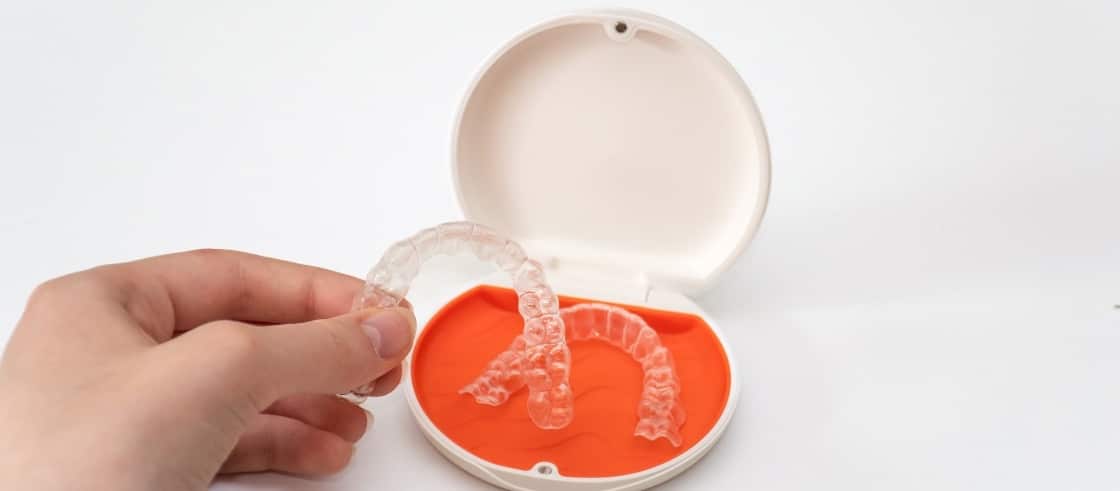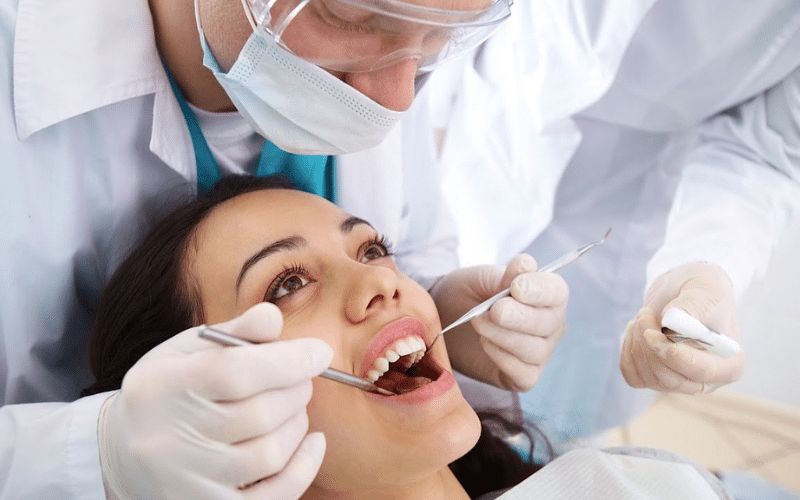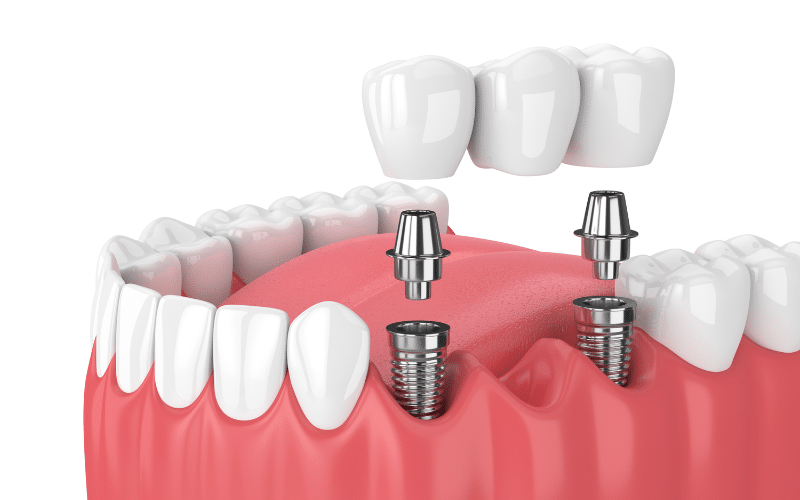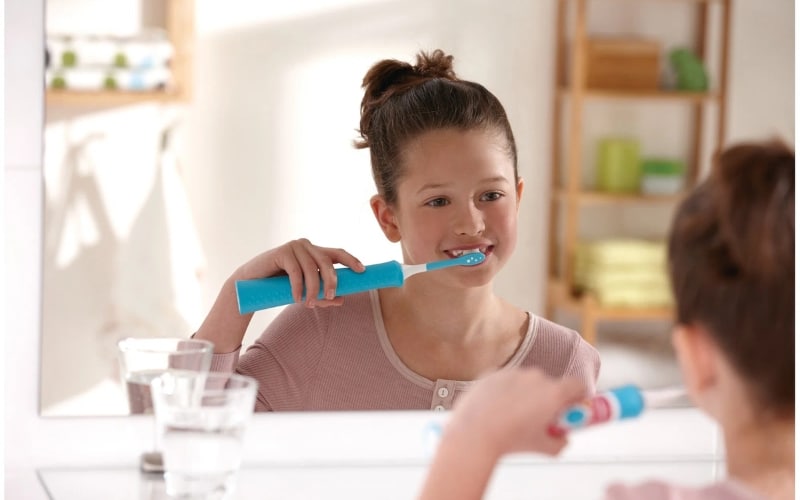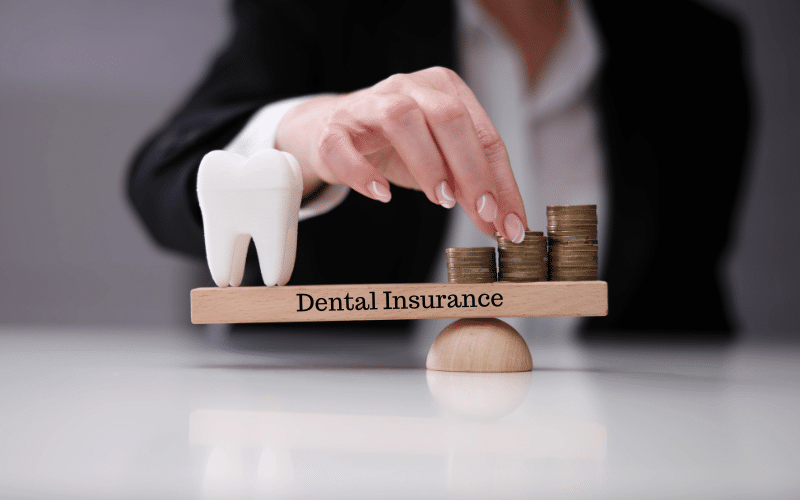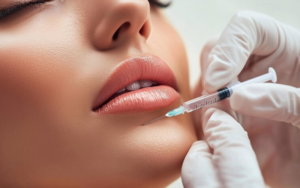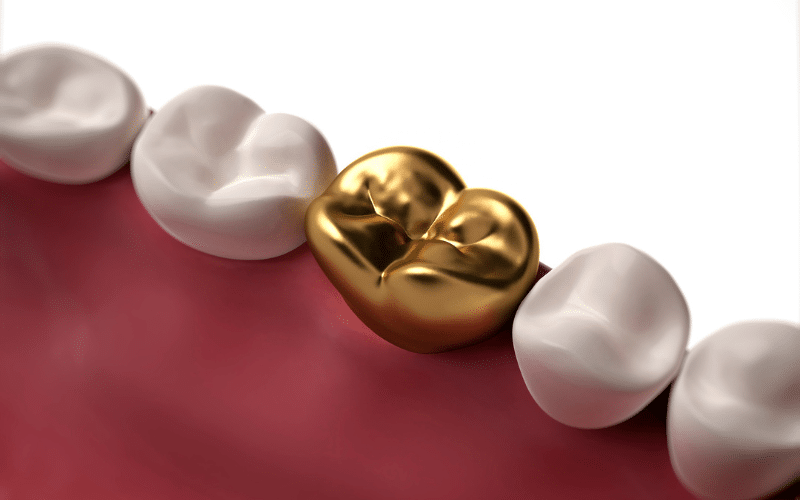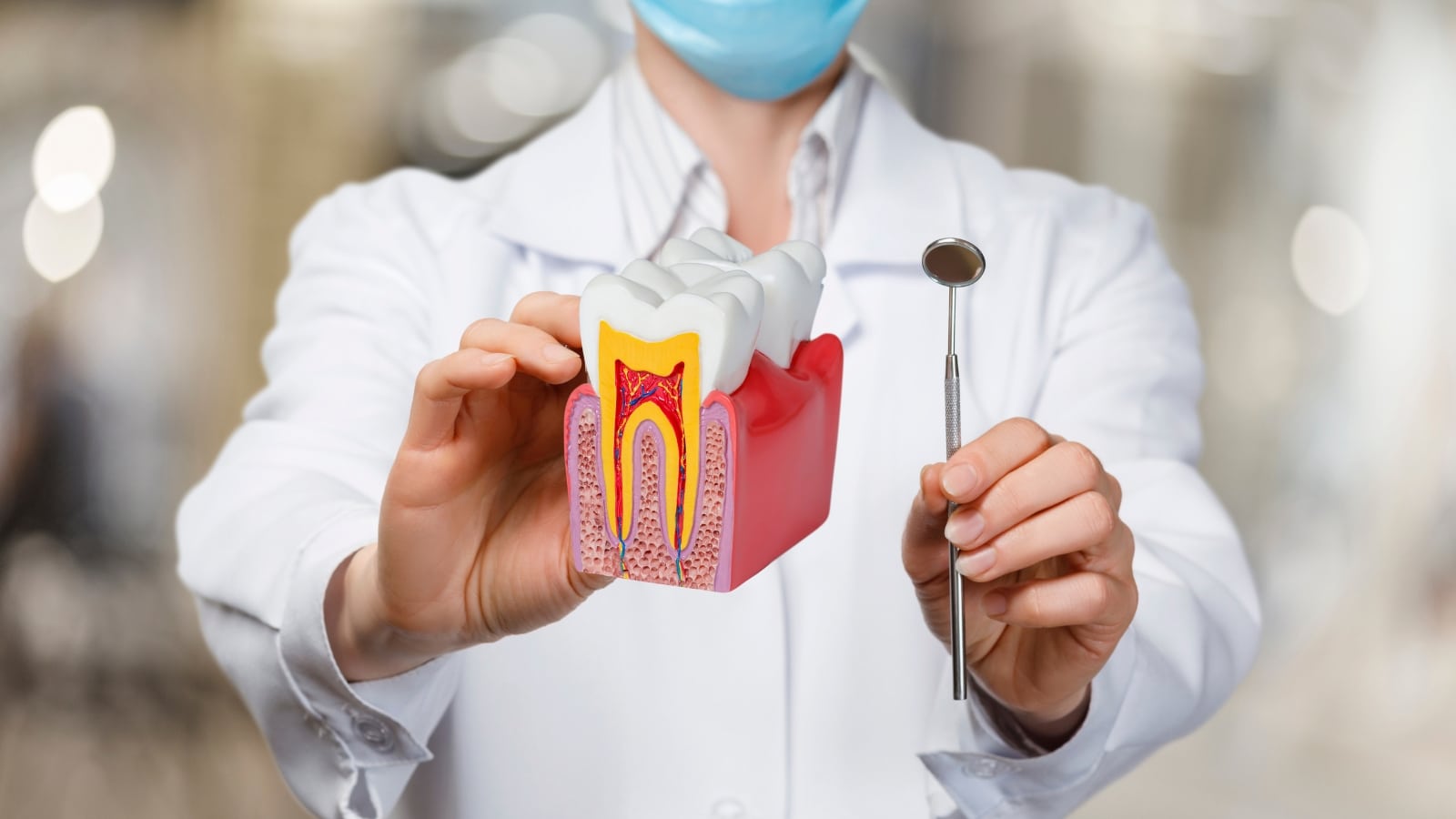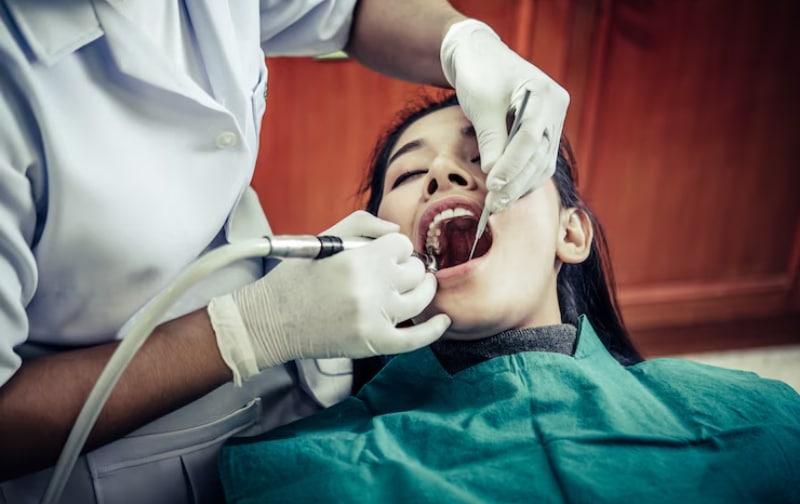Planning your wedding is an exciting time, filled with lots of details, from the dress to the venue. One thing that many brides and grooms often overlook is their smile. After all, your wedding day is a time to shine, and having a picture-perfect smile can make all the difference. Invisalign for brides and grooms is a fantastic way to achieve the smile of your dreams in a way that’s comfortable and discreet.
But how exactly can Invisalign help you get ready for the big day? Let’s explore the benefits of this popular treatment for couples who want to feel confident and camera-ready.
Why Choose Invisalign for Your Wedding Smile?
Invisalign has become a go-to treatment for many brides and grooms who want to straighten their teeth without the hassle of traditional braces. Here’s why:
- Invisible Treatment: Invisalign aligners are clear and nearly invisible, so they won’t disrupt your look leading up to the wedding.
- Comfortable Fit: These aligners are custom-made to fit your teeth, meaning they’re more comfortable than traditional braces.
- Convenience: Since the aligners are removable, you can take them out for special occasions, like your engagement photos or wedding day.
For couples looking for a subtle and effective way to achieve a perfect smile, Invisalign offers a great solution.
How Does Invisalign for Brides and Grooms Work?
For brides and grooms, Invisalign treatment in Oak Park begins with a consultation with a dentist or orthodontist. After discussing your goals and expectations, they’ll create a personalized treatment plan. This plan will show you how your teeth will shift over time and how long the treatment will take.
Once you begin your treatment, you’ll wear a series of clear aligners that gradually shift your teeth into the desired position. Each set of aligners is worn for about 20-22 hours per day, and you’ll change to the next set every one to two weeks.
What to Expect During Your Treatment?
- Initial Consultation: This is where you’ll discuss your smile goals and get a customized plan.
- Aligner Fitting: You’ll receive your first set of aligners, which should fit comfortably and help with the gradual realignment of your teeth.
- Follow-Up Appointments: You’ll have check-ups to ensure everything is progressing as planned.
- Final Reveal: At the end of your treatment, you’ll have the beautiful smile you’ve always wanted.
Most patients wear aligners for about 6-18 months, depending on their individual needs. With a little patience, you’ll be ready to flash your perfect smile on your wedding day!
The Benefits of Invisalign for Brides and Grooms
Invisalign is more than just an aesthetic choice; it can improve your oral health while also giving you a flawless smile.
Here’s how Invisalign can benefit you leading up to your wedding:
- Better Oral Health: Straight teeth are easier to clean and maintain, which can reduce your risk of cavities and gum disease.
- Discreet Treatment: Invisalign aligners are clear and comfortable, so you don’t have to worry about the metal wires and brackets that come with traditional braces.
- Faster Results: Invisalign treatment often takes less time than traditional braces, which is great if you’re working with a tight timeline before your wedding.
- Confidence Boost: Having a straight smile can boost your confidence, helping you feel your best as you walk down the aisle.
When it comes to achieving your ideal smile, Invisalign is a great option for couples in Oak Park who want fast, discreet, and effective results.
Why Timing Matters for Wedding Smiles?
One of the key factors in getting the most out of your Invisalign treatment is timing. While Invisalign for brides and grooms can provide excellent results, it’s important to start the process with enough time to see significant progress. Ideally, you’ll want to begin treatment at least six months before your wedding.
Tips for Timing Your Invisalign Treatment
- Start Early: The earlier you begin your treatment, the more time you’ll have for your teeth to align before the wedding.
- Stay Consistent: To get the best results, wear your aligners consistently and follow your dentist’s advice.
- Plan for Touch-Ups: If needed, allow extra time for any adjustments or final touch-ups leading up to your wedding day.
By planning ahead, you’ll ensure that your smile is ready for the big day.
The Final Touch: Retainers After Treatment
After completing your Invisalign treatment, you’ll likely need to wear a retainer to keep your teeth in place. This is an important step to maintain your new smile for the long term. Retainers are typically worn at night and are a simple way to ensure that your smile stays straight and beautiful.
Invisalign provides a convenient and effective way for brides and grooms to achieve their ideal smile. By choosing Invisalign for your wedding preparations, you can enjoy a treatment that is discreet, comfortable, and customized to your needs.
Ready for Your Wedding Smile?
Invisalign for brides and grooms can help you achieve the beautiful smile you’ve always wanted. Whether you’re getting married next year or in a few months, starting Invisalign treatment can ensure that you feel confident when you walk down the aisle. So, why wait? Schedule a consultation with a trusted Invisalign provider today and begin your journey to a stunning wedding day smile!

